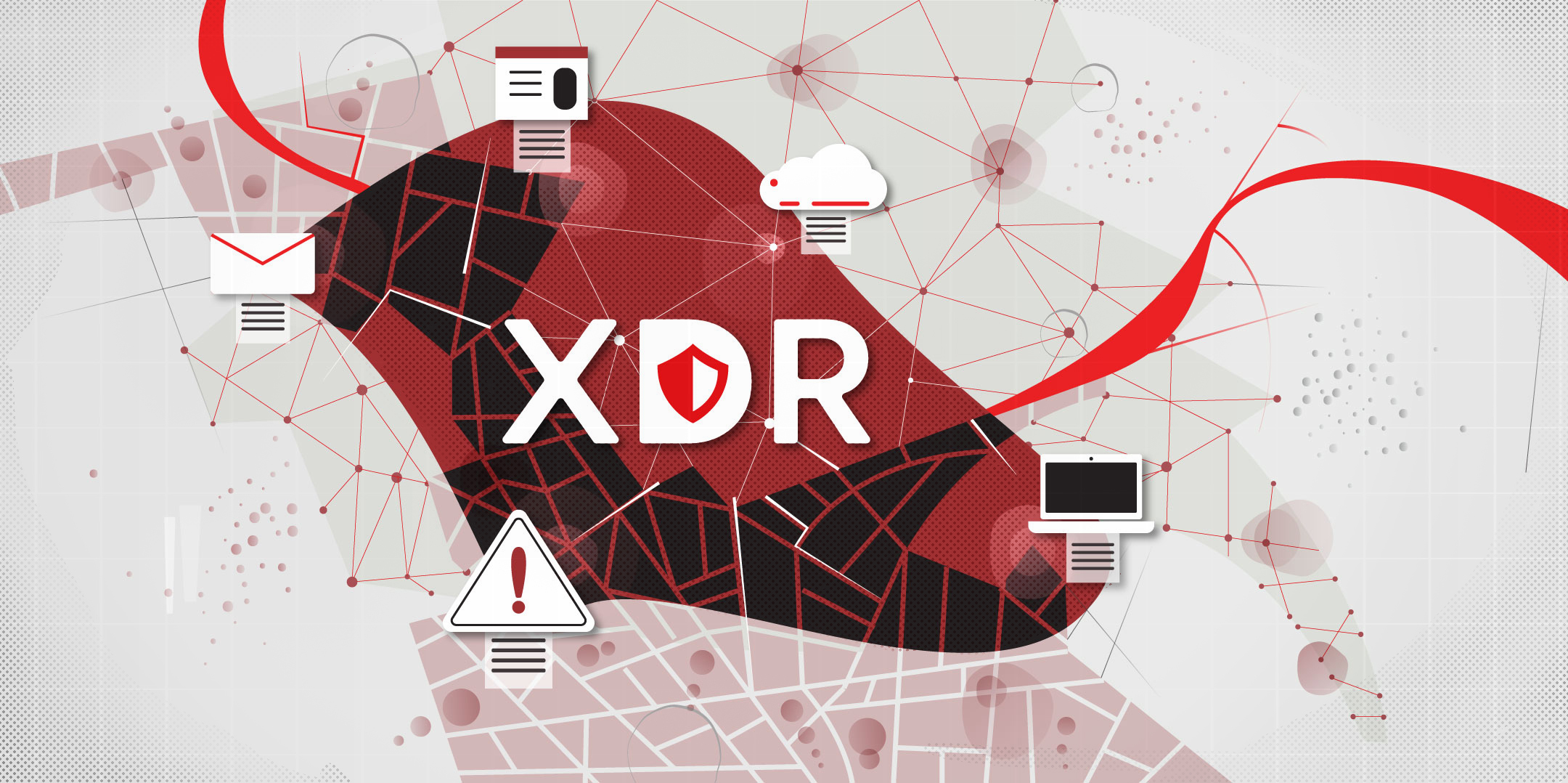Cybersecurity personnel must always stay up-to-date and proficient since cybercriminals continually develop new ways to breach networks.
XDR solutions eliminate security visibility blind spots by correlating telemetry from disparate security tools into a single view for investigation and threat detection.
Security analysts can then identify the full scope of an attack path and impact that may cross email, endpoints, servers, cloud workloads, and networks.
Artificial Intelligence (AI)
AI is a powerful tool for cybersecurity, offering a range of benefits to help companies strengthen defenses against evolving threats. AI-powered tools can automatically perform recurring tasks like monitoring network activity, scanning for suspicious behavior, and detecting and responding to cyber-attacks. This can free security personnel to focus on higher-level threats and proactively safeguard the business.
AI-powered systems also provide real-time alerts and notifications, enabling teams to act proactively. This can reduce the dwell time of threats in the system, minimizing the risk of data exfiltration or other forms of malicious activity. AI also allows scanning for and identifying vulnerabilities in systems and networks, ensuring they’re patched before attackers can exploit them.
Unlike traditional security systems, AI technologies work 24/7 and can process massive volumes of data, allowing them to detect patterns, anomalies, and threat indicators quickly. AI can also be utilized to automate and streamline incident response procedures, which will lessen the manual labor required of security experts.
Lastly, AI can be used to analyze threat intelligence feeds, dark web forums, and other relevant sources to identify emerging threats and potential risks. This can also help organizations prioritize security updates and patches, reducing the time it takes to fix vulnerabilities.
Machine Learning (ML)
ML enables XDR technology to correlate security data from multiple sources automatically. This reduces the volume of alerts a SOC team receives, allowing them to prioritize better what needs immediate attention. This means the threat can be addressed more quickly before it can spread or cause more damage.
XDR also uses ML to detect and analyze behavior patterns from an attack. This provides insight into what the attacker is doing in the network, how they’re gaining access, and why they can do so. This insight allows teams to take a broader approach to security, stopping attacks that may have previously gone undetected.
Traditional security solutions cannot keep pace with the growing number and complexity of threats. Many organizations need help finding skilled cybersecurity personnel to handle their expanding workloads. The layered approach to security exacerbates this and often leads to disparate, disconnected solution alerts and a lack of visibility into advanced threats.
XDR is designed to address these challenges by providing wide, integrated visibility from a single standpoint. It combines EDR with managed detection and response (MDR) capabilities to deliver powerful detections and deeper investigation context. This turns cryptic signals trapped in siloed solutions into high-efficacy, automated threat investigations. It also delivers actionable telemetry, enabling rapid surgical threat neutralization and dramatic SOC efficiency gains.
Deep Learning (DL)
Cybersecurity is also upgrading as AI methodologies propel the high-tech industry into the future. Deep learning, a subset of machine learning (ML), is revolutionizing the space with impressive capabilities capable of protecting organizations against many threats in real-time.
Traditional security solutions rely on ML algorithms to detect anomalous and unknown attacks. However, these algorithms are often prone to false alerts, which leads to security fatigue for the teams. This is where DL comes into play, as it provides superior threat prevention with an industry-leading low false positive rate.
In addition, DL can identify and protect against new malware mutations. This is a critical feature for organizations, as the threat landscape constantly changes. This is why a platform that can handle multiple threats and attack vectors is more viable than traditional solutions limited to one domain or operating system.
In addition, DL can prevent ransomware, zero-days, and other unknown attacks within 20ms before it can write to disk. This eliminates the threat actor’s ability to evade cyber controls, such as EDR, and allows a DL-based solution to reduce the overall burden on the security team by reducing the number of alerts. This is a critical advantage over traditional ML-based systems.
Network Analytics
An XDR platform collects and correlates data across an organization’s email, endpoints, servers, cloud workloads, and networks to provide visibility and context into advanced threats. Then, it automatically makes sense of alerts and telemetry, prioritizes risk, and derives a response that can be orchestrated and enacted to prevent data loss or security breaches.
This can be a game-changer for strained security operations centers (SOCs) struggling with alert fatigue and staffing shortages. Attacks often evade traditional security tools and are difficult to detect, triage, and investigate with siloed solutions that cannot deliver correlated alerts in a centralized way.
XDR solutions use machine learning to normalize and analyze alerts from different security products. Then they integrate that data into a single analytics database or security information and event management (SIEM) platform that provides analysts with a standard query capability for analyzing large datasets of multivendor alert telemetry in search of abnormal behavior.
Unlike SIEM, primarily a detection tool, XDR platforms offer threat-hunting capabilities and security orchestration, automation, and response (SOAR) workflows to enhance SOC efficiency, speed up incident responses, and reduce the mean time to detect and respond. The result is faster threat neutralization and a more effective, targeted, and surgical response that protects the affected asset while limiting damage. XDR complements an organization’s existing SIEM system to improve its visibility, threat intelligence, and ability to detect and respond to today’s sophisticated attacks.

